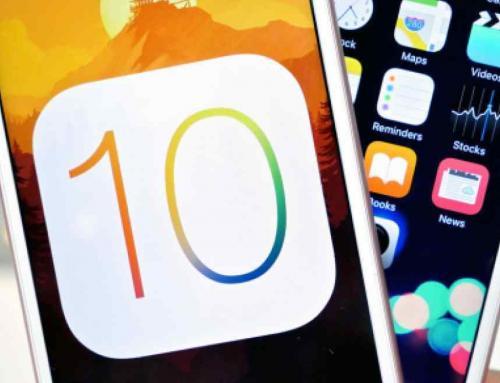Happy New Year from the staff here at Outright Development. We are excited about what 2015 will bring, especially in the area of mobile app development. Here are our top predictions for 2015 – it should be an interesting year!
Internet of Things (IoT) Integration
Internet of Things (IoT) is the interconnection of “smart” devices on the internet (think smart home thermostats, light bulbs, GPS beacons, smart security systems, etc.). 2015 will see the need for mobile apps that will integrate these various devices, providing users with more ability to control them and receive feedback and data from them. Look for this trend to drive both consumer and business mobile app development.
Mobile and Cloud vs. Legacy Enterprise
More organizations will invest in replacing their legacy enterprise software with cloud-based applications. These new applications will make it easier for workers to access company data from multiple devices while keeping data synchronized. IT staff will need to increasingly deal with the balance between features and data accessibility with that of security and mobile application management, as well as migration costs.
An Increase of HTML5 Based Apps
Expect 2015 to bring increased development investment in web/HTML5 based apps over native apps. As device fragmentation continues to accelerate, IT departments will increasingly seek the ability to streamline their mobile development support, and will push for web based mobile applications over native apps. Cross platform development tools and services will continue to evolve in order to support this trend, and IT managers will need to better assess and understand the pros and cons of web vs. native as new apps are built-out.
March of the Wearables
2014 saw many new wearable devices and associated apps enter the marketplace. Most of these were fitness-related and came with their own apps. In 2015, look for even more devices to be released for health, sports, fitness and well-being monitoring, as well as additional smart watches on the market (e.g. Apple Watch). 2015 will also see a rise in open SDKs for these devices which will allow the development of more 3rd party apps to integrate and connect these devices.
Mobile UX in Context
Tying it all together, mobile user experience (mobile UX) will be even more important this year. As more and more mobile devices with different screen sizes emerge, mobile apps will need to accommodate smartphones, “phablets” (phones with screen sizes between 4 and 6 inches such as the iPhone 6 Plus), and traditional sized tablet devices. The key will be to ensure that the user experience is provided in context – i.e. the same interface and workflows on a full-sized tablet won’t necessarily be optimal for users on a phone with a smaller screen size. Mobile apps will leverage the cloud more than ever in 2015 for synchronization of data between many devices for a single user. Developers need to pay close attention to how the user will interact and what the UX will be with various scenarios whether it’s data caching and user feedback when no internet connectivity, or slow response times from an integrated device or web service. We expect mobile UX to be an increasingly important factor throughout 2015.






